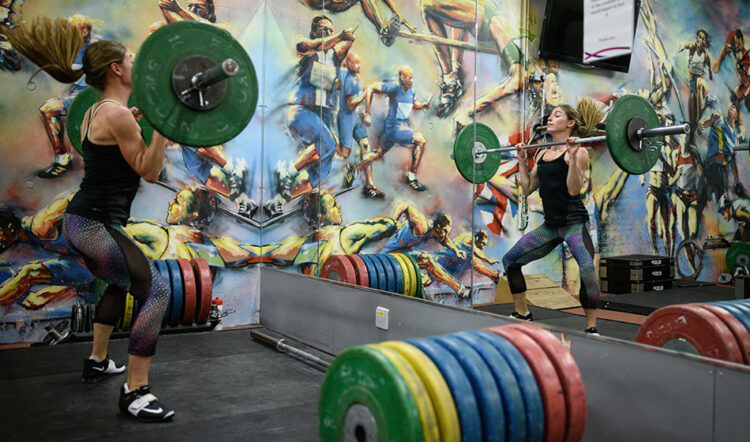
Andy Kay, strength and conditioning coach, looks at the importance of this area for 800m and 1500m athletes
In terms of running economy, there is a contribution from the upper body. The faster you run, the more you’ll notice your arm drive. If you look at a track runner you’ll see the opposite arm drive forward as the front knee drives up – and that happens because the body is essentially trying to prevent the rotation of the trunk or core.
A good way to illustrate this would be for you to cross your arms and then try running flat out. You almost end up going side to side because you can’t keep in a straight line, so the upper body definitely has a role to play in running efficiency!
In terms of my own training philosophy, though, I don’t put too much emphasis on it. If you have some pushing and pulling exercises in your programme a couple of times a week in the off-season and maybe just once a week during the season – I think that’s enough for the majority of distance runners.
The thing to remember is that you’re not wanting to add mass. If you’ve got a lot of muscle and you’re heavier up top, you’ve got to carry that when you run. Think strength and efficiency.
The really important thing to focus on is the link between the upper and lower body, which is the trunk itself. It’s about the transmission of power.
If you’ve got a really strong upper body and a really strong lower body but your core isn’t very good then you’re going to have problems. I’d say exercises that create rotation or, more importantly, resist rotation are really useful.
In terms of getting bang for your buck, I’d suggest including unilateral upper body exercises. Examples of these would be a single arm seated row, single arm pull down or single arm shoulder press.

Keely Hodgkinson with coach Trevor Painter (Getty)
A particularly good exercise is the landmine press, where you take a barbell and press it at almost 45 degrees, standing up. You use a split stance because your core is having to resist the rotation the whole time.
As soon as you make it a single arm or single leg exercise, you then create that resistance to rotation, which is really what you’re trying to train because that’s what’s happening when you run. Your core is fighting to stop your spine from twisting and you transmit the power from your upper body to your lower body.
Don’t include loads of these exercises in your routine. I’d do something like six to eight repetitions of each exercise and three or four sets, twice a week maximum. You’re not trying to fill the vest, you want an upper body that transmits force through your core to your lower body through rotation.
» This article first appeared in the November issue of AW magazine, which you can read here
Upper body training for middle-distance runners appeared first on AW.

















You must be logged in to post a comment Login